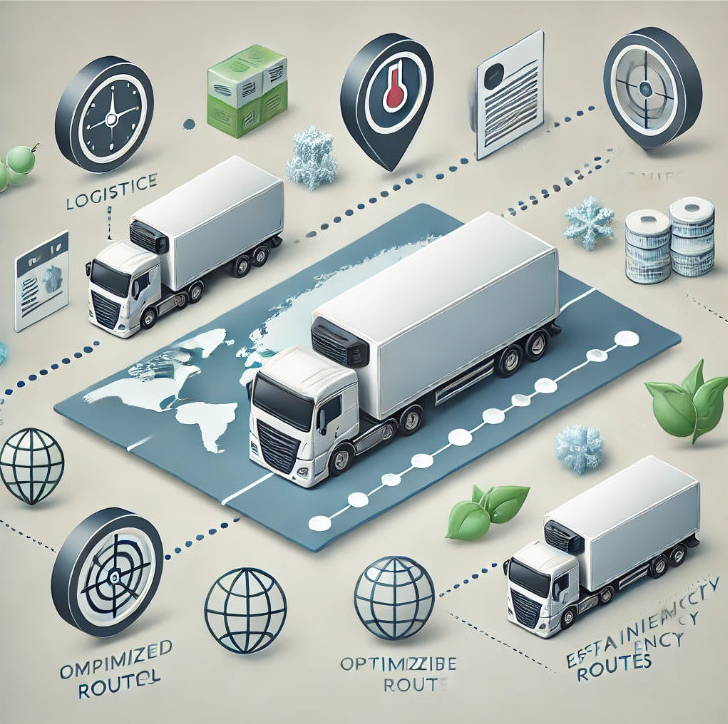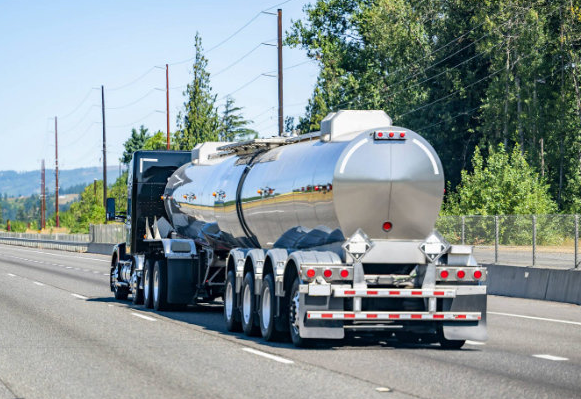Editor's Pick


Cold chain logistics plays a critical role in highly sensitive areas such as the food and pharmaceutical industries. In order to maintain the quality and safety of cold chain products, businesses must pay attention to effective route planning. In this article, we will examine vehicle route optimization approaches and the technological innovations behind them, especially for food and pharmaceutical companies. How to Optimize Vehicle Routes? “Route planning” and ‘route optimization’ software are used to determine the most efficient routes. This software evaluates various parameters such as traffic density, distance, weather and delivery points. “GPS tracking” and ‘telematics’ technologies provide instantaneous monitoring of vehicles. These systems make the necessary arrangements to avoid possible delays. “Dynamic routes” technology refreshes route optimization on the fly. This plays a critical role in both “last mile” and “first mile delivery” operations. Geography-based technologies such as “geofencing” and “isochrones” are used to better manage delivery points and optimize routes. Route Planning Solutions for Food and Pharmaceutical Companies The Role of Artificial Intelligence in Cold Chain Transportation“Artificial intelligence” technologies have made logistics management and route optimization much more effective. AI-based “route optimization software” determines the most suitable routes, saving fuel and speeding up delivery processes. In addition, asset tracking maximizes the safety of the transported goods.How to Plan the Routes of Vehicles Carrying Cold Chain Products?
The Importance of Cold Chain Logistics Cold chain logistics ensures that foodstuffs, medicines and other sensitive products that need to be kept within a certain temperature range are transported intact throughout the supply chain. Vehicle route optimization is crucial for the timely and safe delivery of these products. Incorrect route planning can both increase costs and cause product spoilage.
Why is Vehicle Route Planning Important? Route planning in cold chain transportation not only shortens the distance, but also offers the following advantages:
Challenges in Cold Chain Transportation
Conclusion
Effective route planning for vehicles transporting cold chain products is vital to reduce costs and increase customer satisfaction. By integrating “route management” and “logistics management” systems, food and pharmaceutical companies can increase their operational efficiency. These opportunities offered by technology enable companies to gain a competitive advantage.





